A good example of this is a relatively new townhouse development that was built here in Swarthmore. I say "relatively" because many people wouldn't consider a 10-year-old development to be new, but compared with the 100-year-old neighborhoods surrounding the development, it still appears to have that new car shine to it.
The homes were built with all the amenities that new homebuyers have come to expect -- Central air, granite countertops, state-of-the-art kitchens and baths, and shiny new appliances. And because they're a townhouse community, the homes don't have their own yards per se, but they are surrounded with well-maintained gardens and each has their own private balcony.
And those balconies are the subject of this week's post.
It seems the builders were so focused on giving each unit its own little slice of private outdoor space, that they neglected to think that maybe the homeowners might want to get down off of their balconies, tend to their gardens, intermingle with neighbors, and be a part of the outdoors as opposed to simply observing.
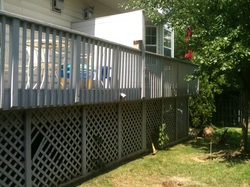 The "Before" Picture of the Existing Balconies
The "Before" Picture of the Existing Balconies The challenge was that because of the original design of the community and the space it was built on, we didn't have a whole lot of space to build on. And we certainly didn't want to add steps at the expense of the existing outdoor space on each deck.
The design of each existing balcony allowed us to build a single shared landing that would feed into two of the private outdoor spaces. Due to the limited space of land, and the desire not to disturb the gardens more than necessary, we wanted to minimize the footprint of the new designs. As a result, the shared landing would then lead to a set of steps running parallel with the back edge of the balconies.
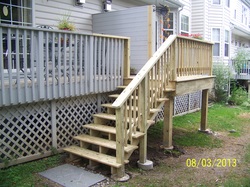 And the "After" Picture of One Set of Steps
And the "After" Picture of One Set of Steps From a construction point-of-view, it was nice being able to build these steps en masse, utilizing an assembly line approach. All the footings were dug, piers were poured, framing was set, and decking installed in unison, allowing us to knock the whole project out relatively quickly.
And as we neared completion, the homeowners were thrilled with their new sense of freedom. Several of the units that backed up to one another already christened the steps before we even finished the railings, setting up a firepit in the shared public space, and intermingling over a weekend evening summer barbecue. Just the sort of activity that makes summer memorable.
The project was a success on many fronts, but it all started because the homeowners had successfully ID'd their needs and desires. When they called us they had a clear picture of how they wanted their spaces to be used. It was up to us to design it and make it happen.
Got a few ideas for your own outdoor space? Give us a call and let us know what we can do for you!
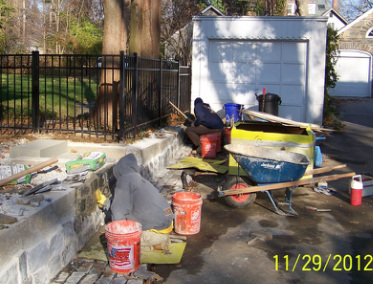

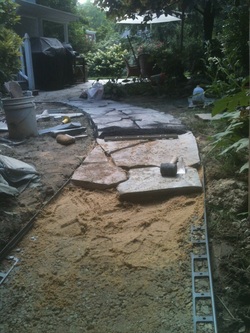
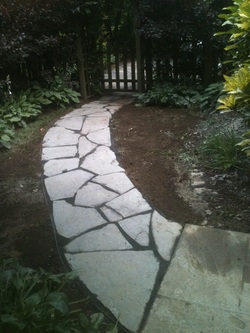

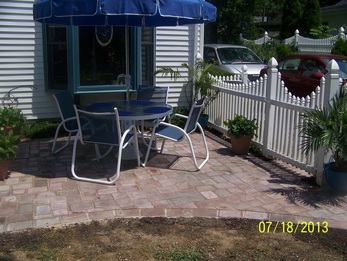


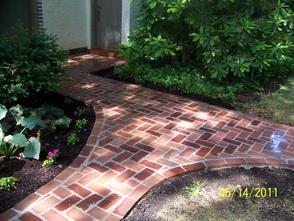
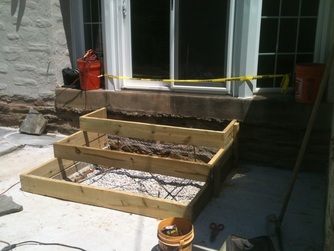
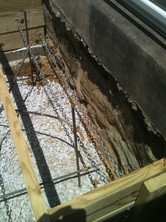
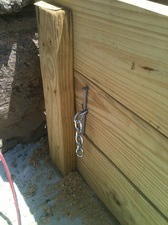
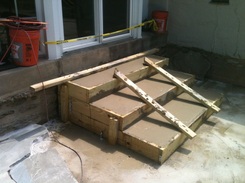
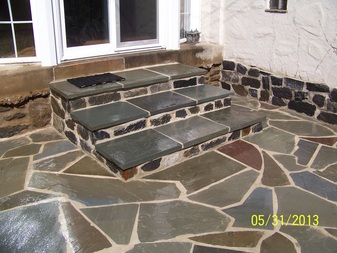
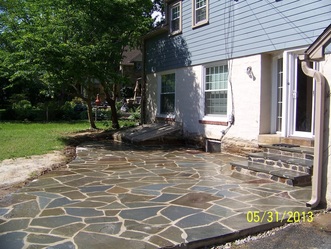
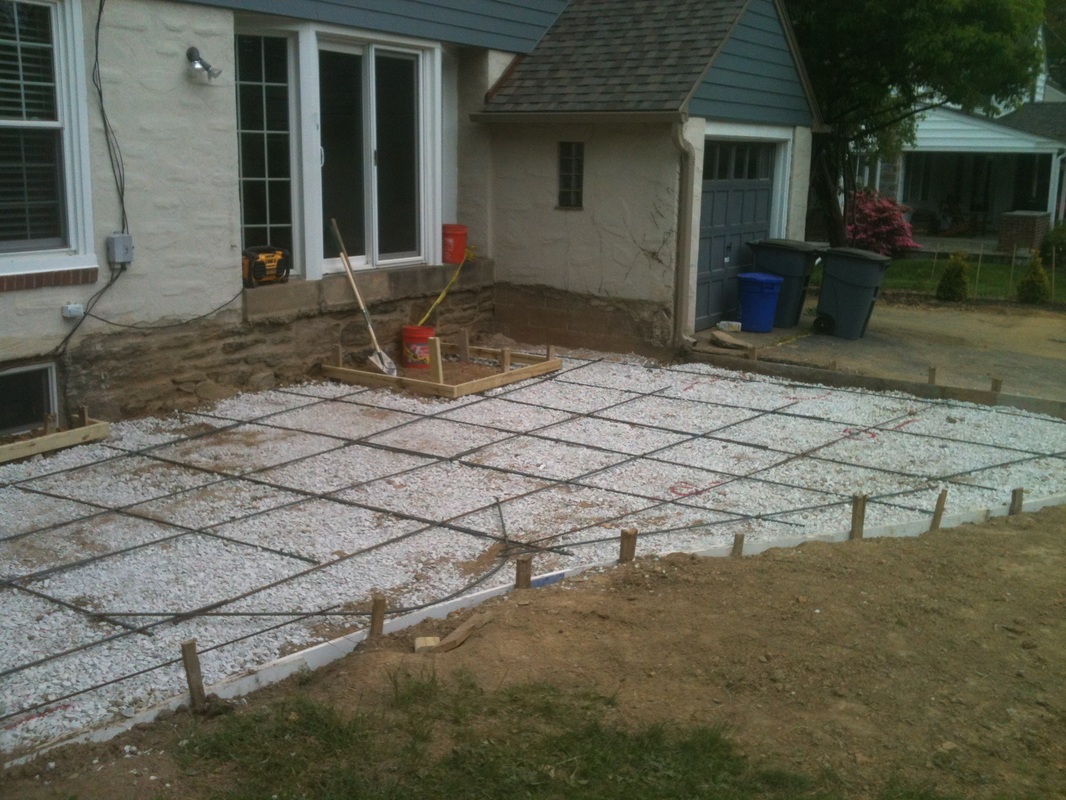
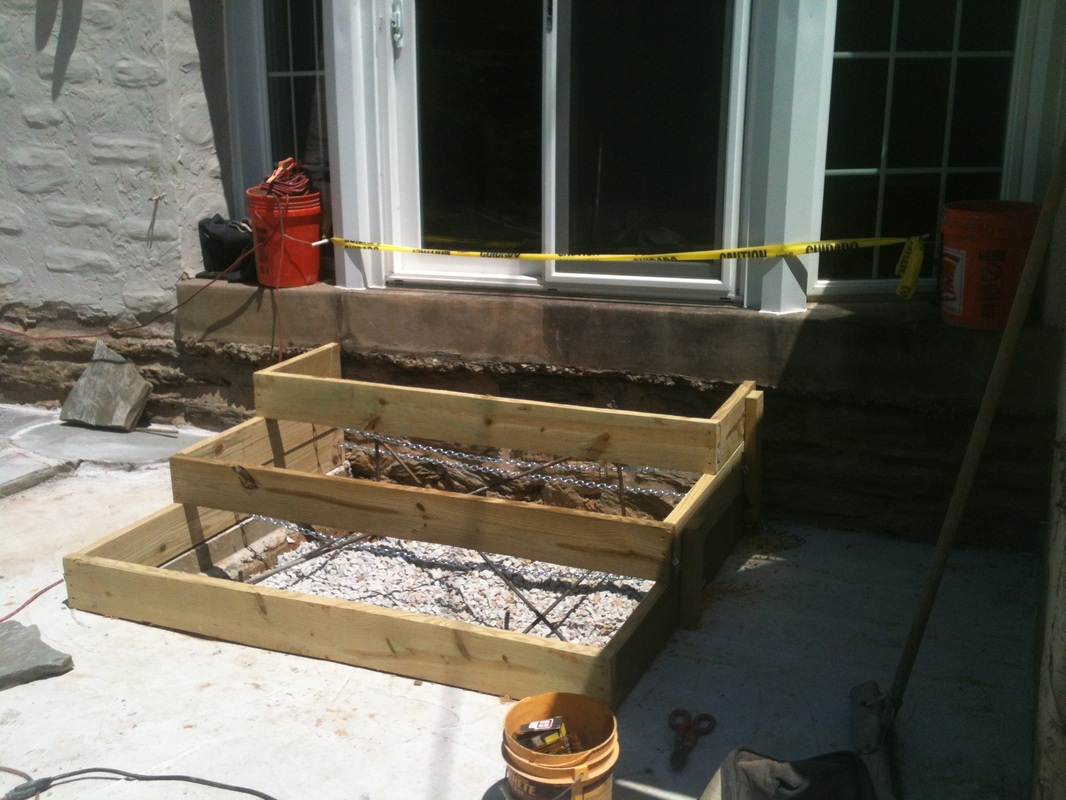
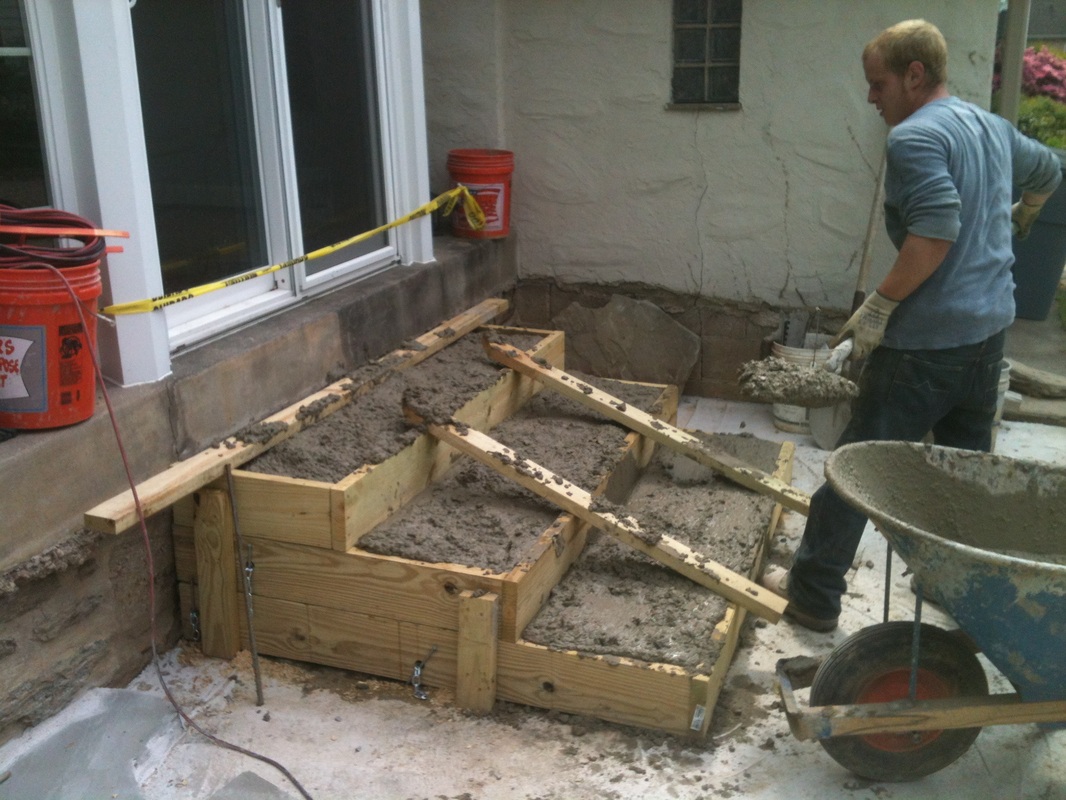
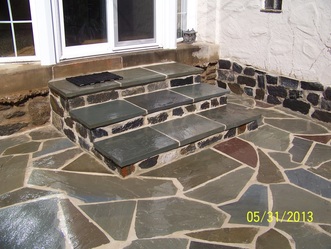
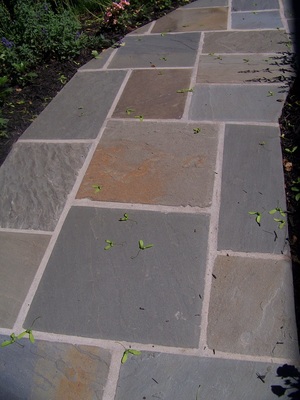




 RSS Feed
RSS Feed